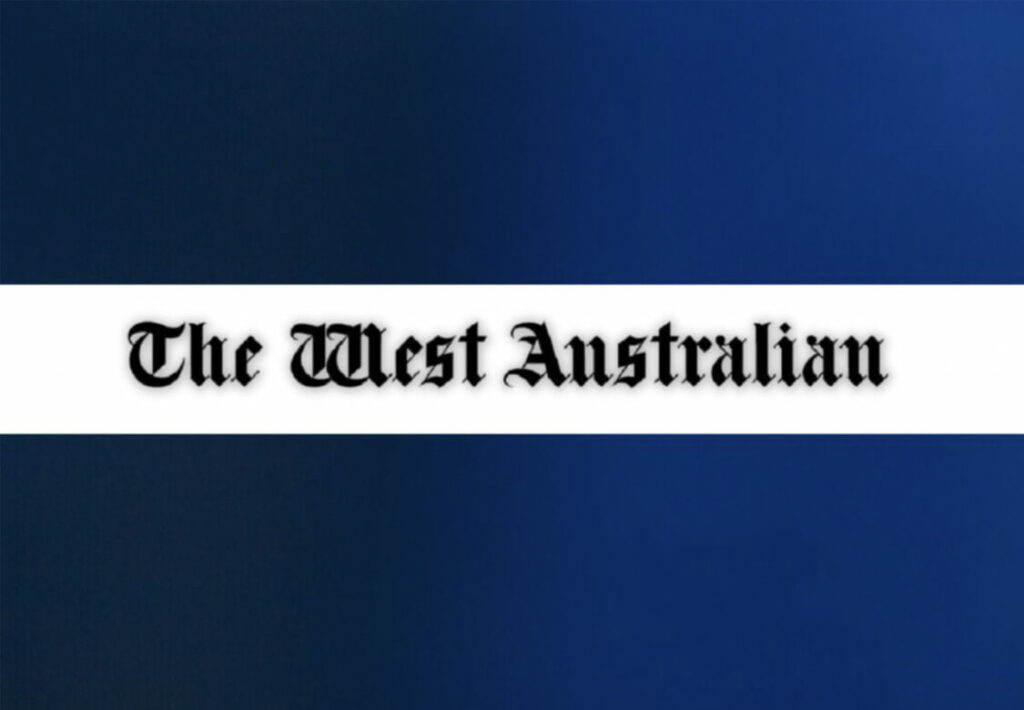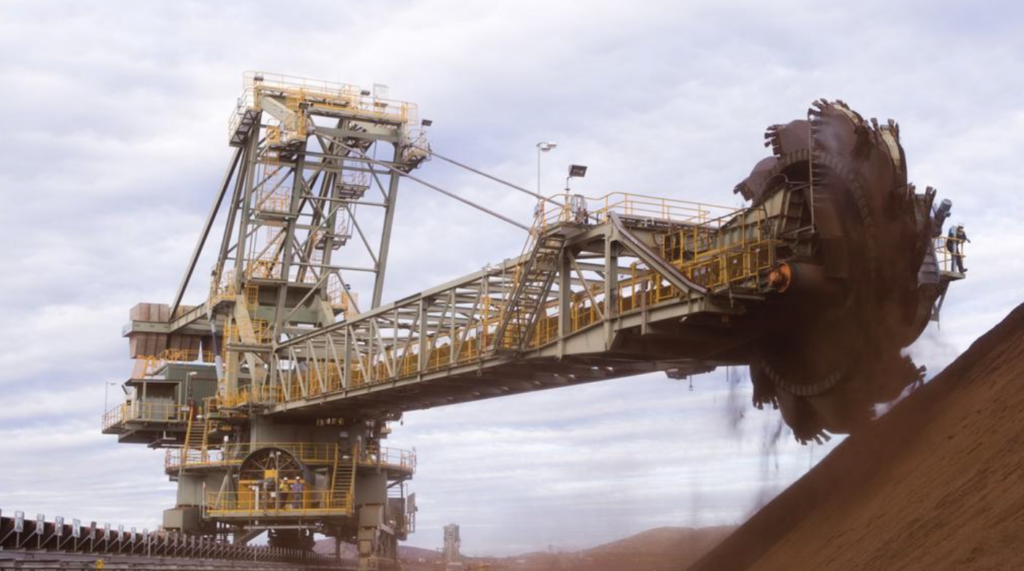

Article by Sean Smith courtesy of the West Australian.
Iron ore’s strong showing is holding up Australian export earnings, offsetting lithium’s price downturn and uncertainty around gas and coal revenues.
The Federal Government’s latest edition of the Resources and Energy quarterly shows forecast earnings from iron ore for the 2023-24 financial year have been lifted nearly 6 per cent to $131 billion since September’s reading.
The Department of Industry, Science and Resources’ economists, the quarterly’s authors, have subsequently revised up total expected earnings for the year from Australia’s mineral and energy commodities to $408b from the $400b tipped in September.
That outcome would still be well below the $466b realised for 2022-23 but provide some unexpected extra Budget relief for Federal and State Governments.
The improved forecast reflects stronger-than-expected global economic conditions during the past three months, notwithstanding that experts are still calling a slowdown.
“The world economy has not slowed as sharply as feared a few months ago,” the quarterly said, noting that China’s new stimulus measures were supporting demand for iron ore and other commodities.
Despite the usual pessimism from analysts, prices for iron ore have done better than expected, holding above $US120 a tonne for an average of $US117/t for the financial year so far.
Together with the weaker Australian dollar and increased production of 971 million tonnes from new mines in WA, including Rio Tinto’s Gudai-Darri development, that’s translated into a better export outlook, at least in the short to medium term.
Prospects elsewhere were more challenging. In Australian dollar terms, the resources and energy commodity price index was off an estimated 3 per cent in the December quarter to be down 20 per cent on a year ago.
Lithium’s price weakness translated into a sharply reduced forecast for the battery mineral, which is now expected to bring in only $14b for the year, well down on the September estimate of $17.9b.
Prices for lithium are off more than 70 per cent for the year on slowing demand for electric vehicles, though the long-term outlook is largely unaffected.
The quarterly pointed out geopolitical developments continue to pose risks to commodity markets, referencing volatility in energy markets caused by the Hamas-Israel conflict.
“Reduced global supply of energy commodities following the implementation of Russian sanctions (over its invasion of Ukraine) has raised the vulnerability of gas/LNG/coal prices to supply outages and demand spikes,” it said. “As such, there is more uncertainty than in the past around how energy prices may develop through the northern hemisphere winter and summer demand peaks.”
LNG export earnings are seen benefiting from higher prices in recent months, with the annual forecast lifted $2b to $73b, down from $92b last financial year.
It remains Australia’s biggest resource earner behind iron ore, with metallurgical and thermal coal set to place third and fourth on $52b and $36b respectively.